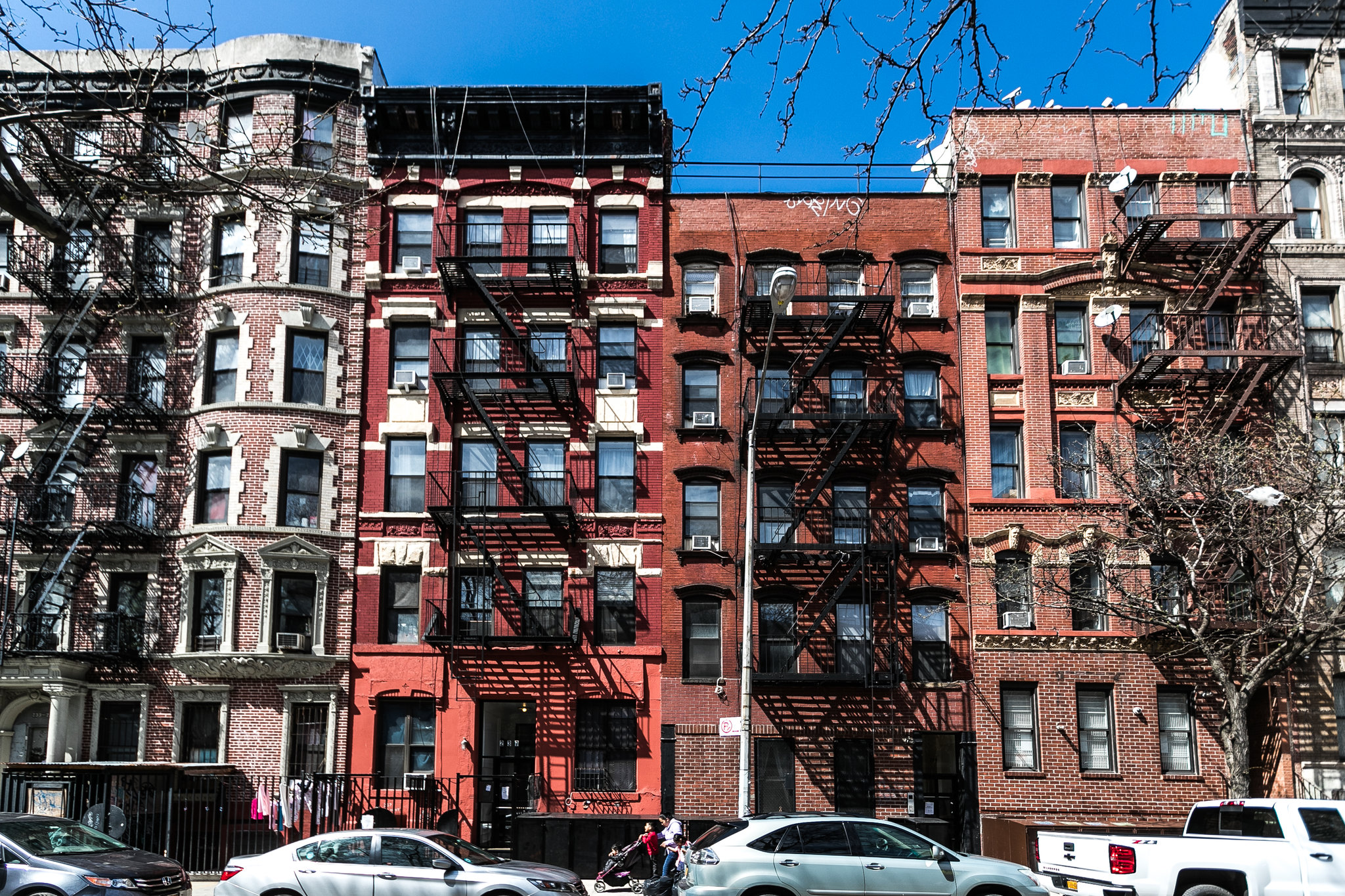Bombay High Court Diary
Introduction
[1]A division bench of Justice G.S Patel and Justice Kamal Khata was hearing a petition pertaining to the issue of proposed redevelopment of a building in Worli.
Facts of the case
The bench was hearing a petition filed by an owner of a building in Worli, who had suggested complete reconstruction of the structure constructed sometime in the 1960s and solicited the concurrence of the tenants on the same, but however, the tenants opined that carrying out repairs to the building would be sufficient.
In the initial phase of litigation, the court had called for a structural assessment report of the Technical Advisory Committee (for short, “TAC”) which categorized the building as C-2A, meaning that it requires repairs without being evacuated. But according to the petitioner, the structure fell under C-1 category, meaning that the building is dilapidated and uninhabitable and therefore needs to be demolished.
The petition was filed seeking quashing of the No Objection Certificate (for short “NOC”) issued by the Municipal Corporation of Greater Mumbai (for short, “MCGM”) to the tenants for the purpose of carrying out structural repairs to the said building.
Contentions raised by the advocates for both parties
The advocate for the petitioner contended that his client – landlord had proposed to redevelop the building and on the completion of the redevelopment, he was in fact, willing to re-accommodate all the tenants in the said building free of any cost and on ownership basis.
Whereas, the advocate for the respondents stated that the rights of the owner-developer must be subordinate to the repair and reconstruction rights of the tenants.
The contention put forth by the advocate for the respondents that the building was categorized C-2A, was objected to by the advocate for the petitioner stating that the C-2A declaration itself mentions that if the repairs are not carried out within a stipulated timeline then the building would automatically become a C-1 category structure, i.e dilapidated and unfit for human habitation.
However, the advocate for the respondents submitted that so long as a building is not categorized as C-1, the law does not permit the landowner to redevelop it.
Issue involved in the case
According to the bench, the issue of law was related to Section 499 of the Mumbai Municipal Corporation Act, 1888 (for short, “Mumbai MC Act”). The main question before the bench for consideration was whether, merely on the basis of a structural assessment, a tenant of a building can wholly eclipse the valuable rights of development associated with ownership of a property by a property owner.
Observations made by the Hon’ble Bombay High Court
The Bombay High Court in its order dated 27th October, 2023 made the following observations:
The bench remarked that, even if a building is in good order and condition but the owner still desires to redevelop it, the owner cannot be restrained from undertaking the redevelopment, just because of the fact that some tenants are of the perspective that it can be repaired. The bench stated that simply by relying upon a structural assessment, a tenant cannot wholly eclipse the valuable redevelopment rights of the property owner.
“The ownership of an immovable property carries with it several rights, including the right to enjoy the fruits of development of that property to the fullest possible extent.”
“If there is a redevelopment proposal and the broad terms of it are set out, whether or not these are acceptable to the tenants is immaterial. They are being re-accommodated and their tenancies are being converted free of cost to ownership.”
Order of the Hon’ble Bombay High Court
The bench ruling in the favour of the landowner, canceled the repair NOC issued by the MCGM to the tenants for the purpose of carrying out structural repairs to the said building and also directed the immediate cancellation of any further Commencement Certificate (for short, “CC”) issued by the MCGM to the tenants.
The bench further clarified that however, if within a reasonable period of time the petitioner does not submit a proposal for development to the MCGM, then in that case the tenants or an association of the tenants would be entitled to submit a proposal for reconstruction.
Analysis of the ruling of the Hon’ble Bombay High Court
The said order has highlighted the significance of the rights of the landlords in the matter of redevelopment along with elevating the same. It has established the view of the court that the tenants are not vested with the rights to entirely overshadow the redevelopment rights of the landowner or curtail the same, just by placing reliance upon a structural assessment report of the TAC.
The said order also expresses the stand taken by the court that the tenants do not have rights to dictate the terms of the tenancy upon the landowner.
If due to age and usage a building has been rendered fragile and dilapidated, then it is necessary that the occupancy of such building is prohibited, as such buildings are susceptible to risks to the lives, limbs and properties of the residual tenants/occupants and can further lead to dangerous consequences of fatal nature.
Implications of the order
Opportunities shall galore for the landowners willing to undertake redevelopment of buildings which are old and dilapidated. The said order will give a boost to the idea of redevelopment of buildings in the city and thus help to foster economic development and spur economic growth.
[1] Writ Petition (L) No. 20227 of 2023 – Anandrao G Pawar v/s The Municipal Corporation of Greater Mumbai & Ors
The article is authored by Nirali Yash Desai. She is a real estate lawyer working with Damji Shamji Shah Group, Mumbai (in house legal department).
